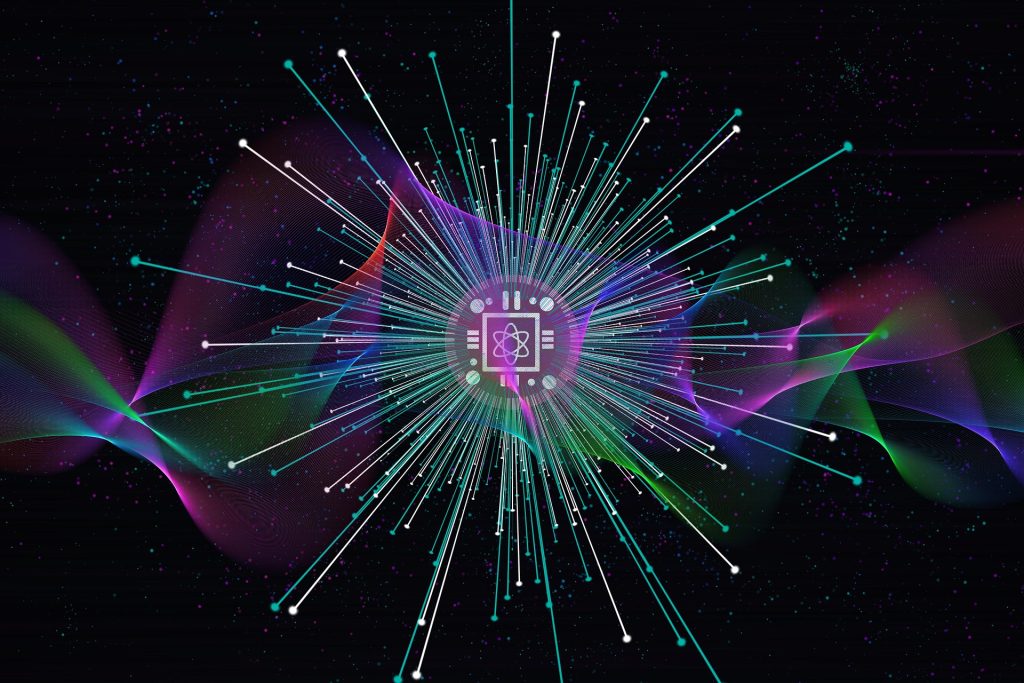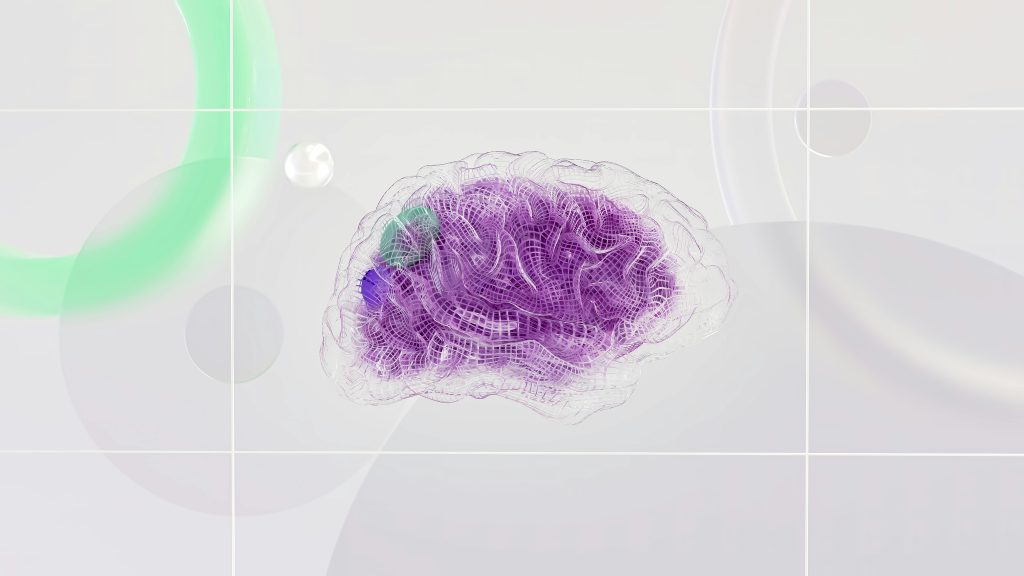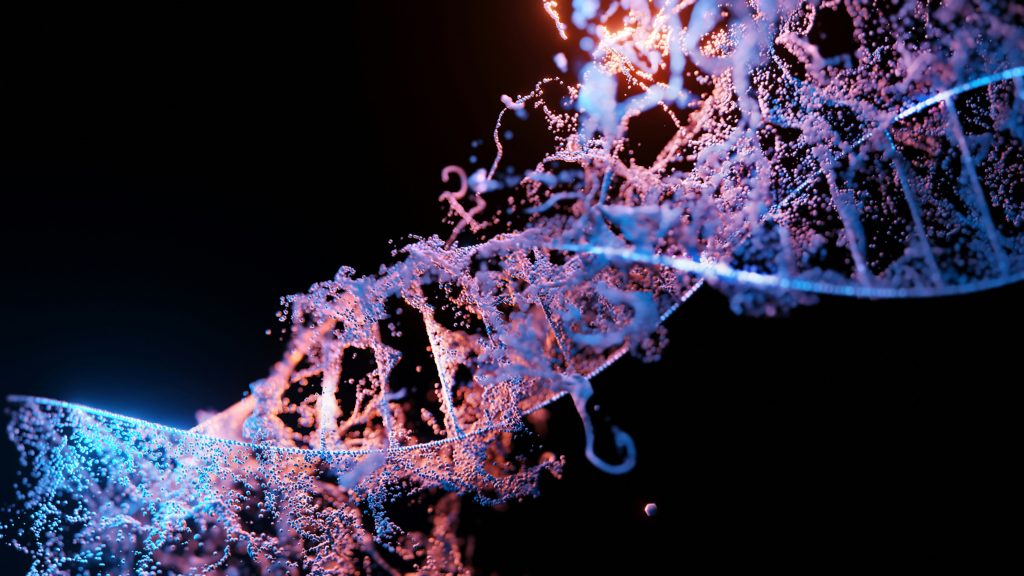Quantum entanglement is one of the most mysterious and fascinating concepts in modern physics. Described by Einstein as “spooky action at a distance,” entanglement refers to a situation where two particles become so closely linked that the state of one instantly influences the other—even if they’re light-years apart.
This phenomenon is not just theoretical; it has been proven through numerous experiments. When two particles are entangled, measuring the spin or position of one automatically determines the state of the other, no matter the distance between them. This defies classical physics and challenges our understanding of space and time.
Entanglement is more than just a scientific curiosity—it’s the foundation for quantum computing, quantum cryptography, and even teleportation experiments (of information, not people!). In quantum computers, entangled particles—qubits—can perform multiple calculations simultaneously, potentially solving problems far beyond the reach of today’s computers.
But how does it work? No one fully understands yet. Some physicists believe entanglement may one day unlock secrets about the universe’s deeper structure or even lead us to a new theory of gravity.
Quantum entanglement reminds us that science still holds mysteries as magical as fiction—only these are very real, and they’re shaping the future.



